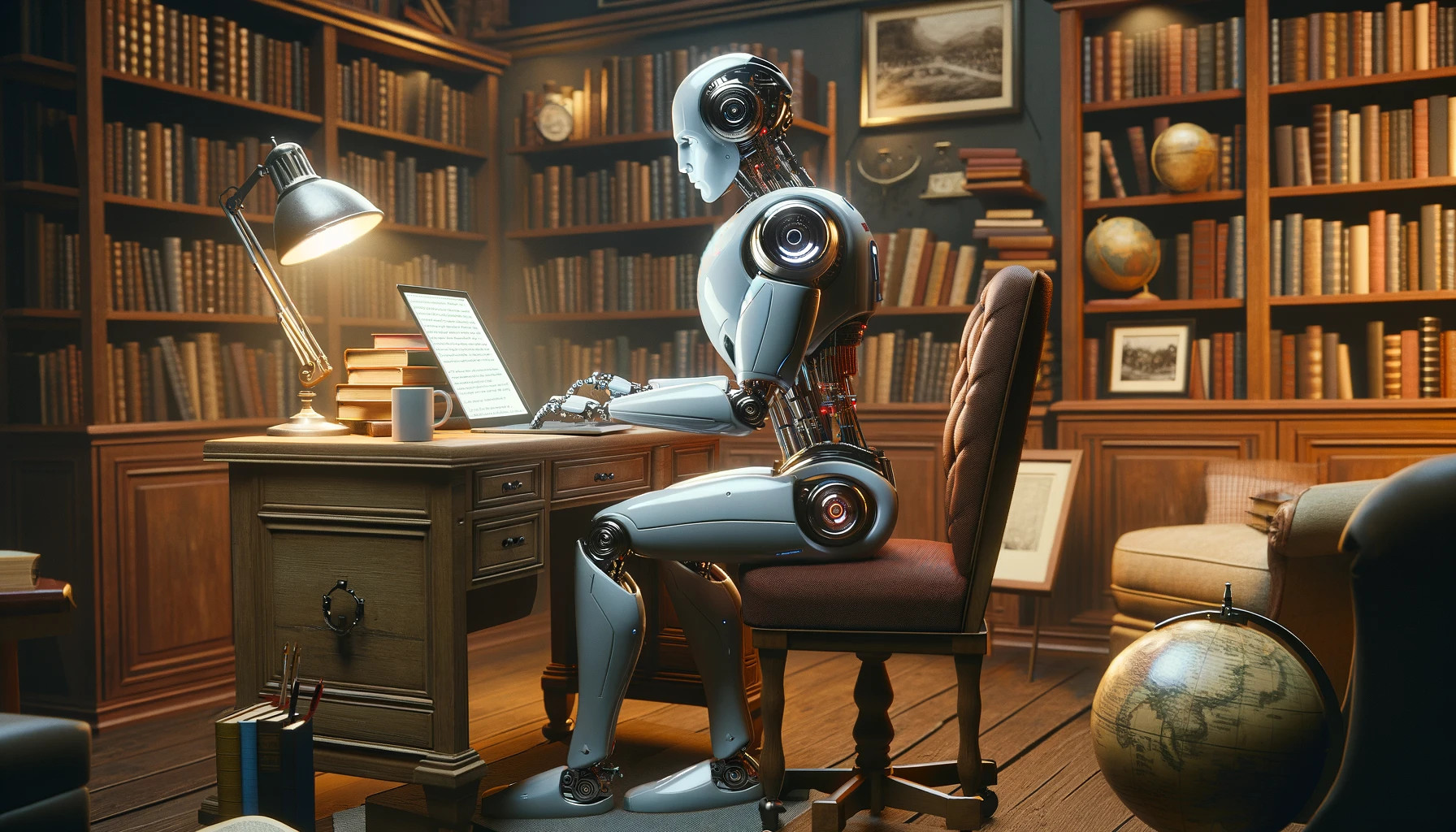AI-crafted stories often serve as useful starting points or placeholders within the vast landscape of narrative creation. While they can mimic structures and styles, generate novel ideas, and even surprise readers with unexpected twists, there’s an unmistakable element often missing, the spark of human imagination. This spark is more than just a creative impulse, it’s the depth of human experience, emotion, and the nuanced understanding of the world that breathes life into a story. These human touches imbue tales with a relatability and richness that algorithms, thus far, struggle to replicate. The subtleties of cultural references, the authenticity of lived experiences, and the emotional depth that comes from genuine human empathy are not easily encoded into data. Consequently, while AI can produce compelling narratives, the soul of storytelling, rooted in the human condition, remains beyond its reach, emphasizing that the essence of creativity is inherently human.
Detailed instruction
Without detailed guidance, AI-generated stories often fall into the realm of the bland, generic, and stereotyped, echoing familiar plots and archetypes without a genuine spark. The narratives may tick boxes for basic storytelling elements, characters, conflict, and resolution, but lack the depth and originality that make stories memorable. However, when provided with detailed instructions and nuanced input, AI has the potential to weave surprisingly enjoyable yarns that captivate and entertain. These detailed prompts can steer the AI away from its default pathways, encouraging the creation of stories with unexpected twists, richer character development, and more vivid settings. By harnessing the power of specific, creative guidance, AI can produce narratives that, while still missing the full spectrum of human creativity, offer a glimpse into the diverse possibilities of storytelling, showcasing how technology can be a tool for imaginative exploration when directed with precision and care.
Prompt crafters
As AI continues to advance, the landscape of both written and spoken stories faces a pivotal transformation that could lead to their detriment, unless writers evolve into masterful prompt crafters. The ubiquity of AI in generating content means that without the human touch of nuanced and skilled prompting, stories risk becoming increasingly homogenized, lacking the depth and diversity that define the rich lacery of human storytelling.
Writers, therefore, stand at a crucial juncture where their role must adapt from traditional storytelling to becoming architects of imagination for AI, guiding it with precision and creativity. This evolution is not just about safeguarding the uniqueness of narratives but is crucial in ensuring that stories remain a vibrant reflection of the human condition, filled with the complexity, emotion, and unpredictability that only human experience can provide. In this new era, the artistry of writing will not only be measured by the ability to tell a compelling story directly, but also by the skill in crafting prompts that lead AI to produce works that retain the soul and essence of human creativity.
The future looks promising
The future of storytelling looks to have unparalleled promise, as rapid changes in the world and advancements in technology open up vast new territories of the human condition to explore. Even in an era of information overload, the timeless allure of a well-told story remains undiminished, proving that no amount of data can quench the human thirst for narratives that resonate on a personal and emotional level.
Technology, rather than diluting the craft, offers tools that can enhance storytelling, enabling creators to delve deeper into the nuances of human experiences, perspectives, and emotions previously untapped or under-represented. AI-assisted writing is just the beginning, offering platforms for stories to be experienced in many immersive and engaging ways such as Virtual reality, interactive narratives, and gaming.
This symbiosis between human creativity and technological innovation ensures that storytelling, in its core mission to connect, entertain, and enlighten, will not only survive but thrive, continually finding new audiences eager for stories that reflect, challenge, and expand their understanding of the world and themselves.
